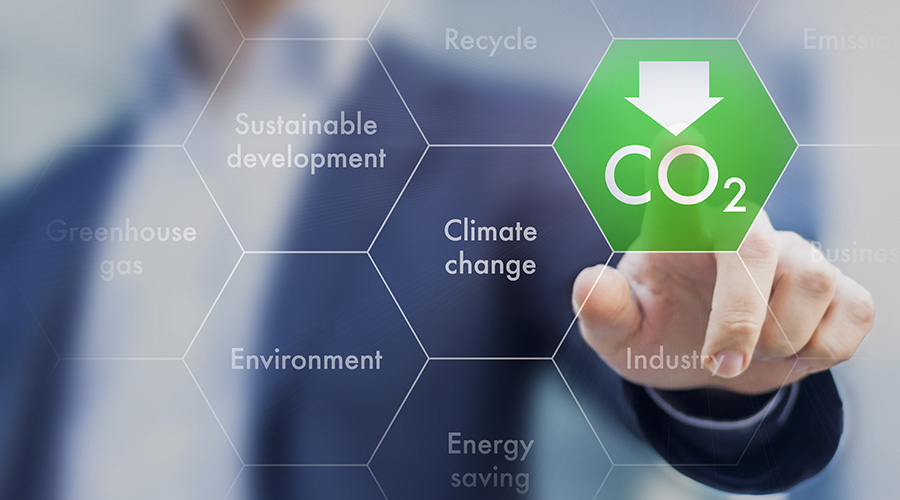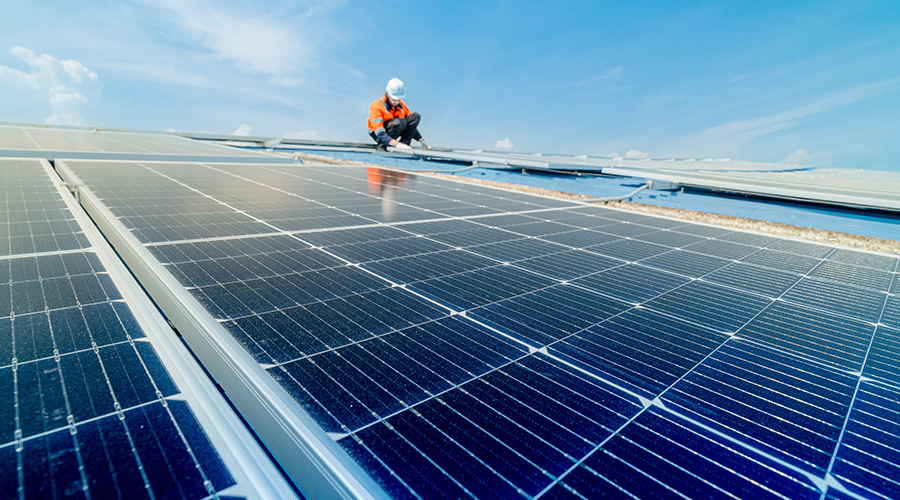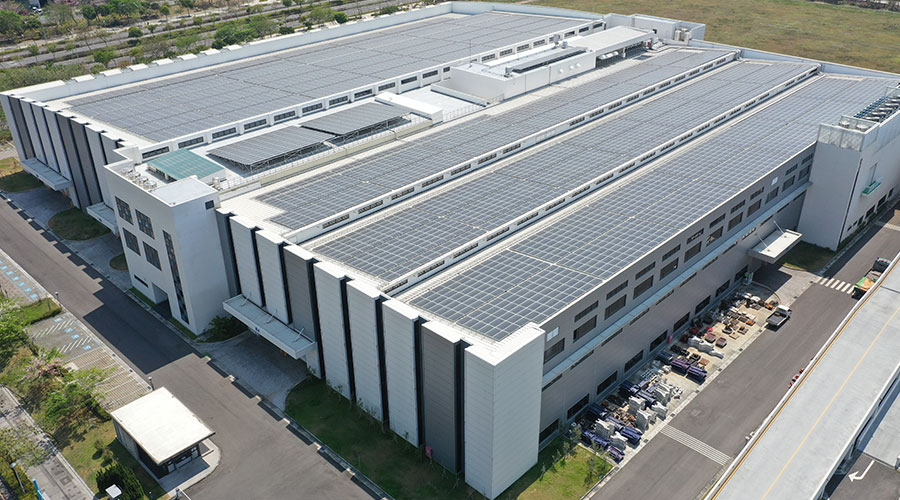How To Track And Measure Cooling Tower Efficiency Improvements
Once you've identified areas for improvement, how can you best track and measure the effect of the changes you've made?
The oft-repeated adage is true: You can’t manage what you don’t measure. This means monitoring the makeup and conductivity of the blowdown (aka “bleed”) volumes with water meters and calculating cycles of concentration with conductivity meters. Ideally, these metrics can be tracked through the building automation system and can be logged at frequent intervals. Establishing a baseline for these values before implementing a new program will enable you to quantify the benefits of any improvements you have made.
Having automatic feed and “bleed” controllers will help keep the system running at peak Cycles of Conentration. This will maximize efficiency while protecting the plant equipment. In addition to frequent monitoring, having regular conversations with your water treatment vendor about the system performance and any necessary adjustments to the program that may be necessary will help keep the system running at peak efficiency.
Answers provided by Bill Harfst from the AT&T-EDF project team. Harfst is an independent water management consultant with Harfst and Associates, Inc. He has 40 years of experience in water treatment.
Related Topics:















